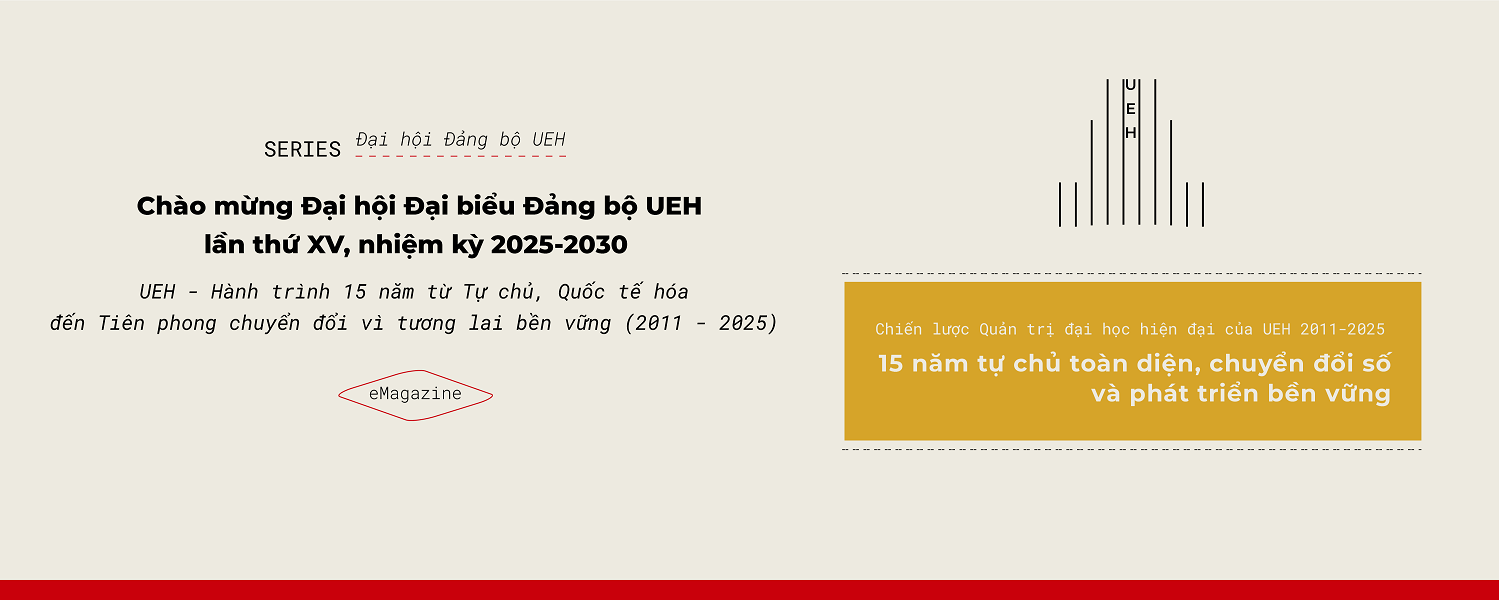
Welcome to the 15th UEH Party Congress, term 2025-2030: UEH’s Modern University Governance Strategy (2011–2025): 15 Years of Comprehensive Autonomy, Digital Transformation, and Sustainable Development
02 Jun, 2025
An activity series towards the 15th Congress of the Party Committee of the University of Economics Ho Chi Minh City, term 2025-2030
UEH’s Modern University Governance Strategy (2011–2025): 15 Years of Comprehensive Autonomy, Digital Transformation, and Sustainable Development

The University of Economics Ho Chi Minh City (UEH) has undertaken a strategic leap in university governance from 2011 to 2025, guided by a vision of building a modern university governance model—grounded in comprehensive autonomy, driven by digital transformation, and steered by the principles of sustainable development. With a long-term vision, an innovative spirit, and a strong commitment to institutional advancement, UEH has affirmed its pioneering role within Vietnam’s higher education system while steadily expanding its international presence.
In preparation for the 15th UEH Party Congress, the University of Economics Ho Chi Minh City is undertaking a comprehensive reflection on its development journey throughout the 2011–2025 period—an important milestone that vividly demonstrates UEH’s breakthrough thinking in strategic development. This period is marked by the implementation of five key strategic pillars: Education, Research, Governance, Operations, and Community Engagement. This moment not only serves as an opportunity to review the achievements and valuable lessons learned from 15 years of dynamic transformation, but also reaffirms the University’s steadfast commitment to its strategic vision and its long-term readiness for the next stage of development.

1. COMPREHENSIVE AUTONOMY AND INTERNATIONALIZATION (2011-2020)
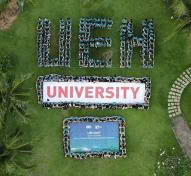
2. GOVERNANCE PRIORITIZING SUSTAINABLE DEVELOPMENT (2021-2025)

3. GOVERNANCE ORIENTED TOWARD SUSTAINABLE ACTION (2025-2030)
COMPREHENSIVE AUTONOMY AND INTERNATIONALIZATION (2011-2020)
The period from 2011 to 2020 marked a significant turning point in the development journey of the University of Economics Ho Chi Minh City (UEH), when the institution was granted pilot autonomy by the Government, officially embarking on a path of comprehensive self-governance. This was not merely a shift of governance authority from external bodies to internal management, but a comprehensive reform in strategic thinking, organizational structure, and educational philosophy. UEH pursued a distinctive path: steadfastly building an advanced university model aligned with international standards - placing learners at the center, measuring quality as a benchmark, and driving progress through innovation and creativity.
Accordingly, UEH has continuously improved the quality of its human resources. The number of highly qualified academic staff has increased significantly over the years, including a growing proportion of PhDs, Associate Professors, and Professors. In parallel, UEH underwent an organizational restructuring toward a leaner, more efficient, and modern model, promoting professional university governance based on a strategy-, program-, and plan-driven management framework across all levels - from the university to individual units.
Specifically, UEH was among the first institutions to establish a University Council under the revised Law on Higher Education. Academic units were maintained in a stable configuration, while functional and support units were increasingly consolidated and operated under a specialized model that prioritizes learner services and enhances the quality of educational delivery. Modern administrative departments were established and further developed, such as the Department of Human Resource Management (now the Human Resources and Organisation Development Department), the Department of Marketing and Communications (now the Department of Communications and Partnership Development), and the Department of Student Services (now the Department of Student Affairs). These were accompanied by widespread digital transformation in all operational and governance processes.
Since 2017, UEH has simultaneously implemented six distinctive strategies to enhance competitiveness and steadily transition into a multidisciplinary research university with an orientation toward innovation and global integration: (1) Adoption of international curricula, academic materials, and student exchange programs; (2) Application of modern teaching methodologies; (3) Delivery of quality assurance services with learner-centric support; (4) High graduate employability and adaptability to domestic and regional labor markets; (5) A vast, successful alumni network; and (6) International publications contributing to global knowledge advancement.
These efforts have enabled UEH to achieve strong regional and global recognition in higher education rankings: Top 100 Master's programs worldwide (Eduniversal), Top 25 global universities contributing to lifelong career development (U-Multirank), and among the top 5 Vietnamese universities for reputable international publications (2020).
Notably, the establishment of the UEH Vinh Long Campus in 2019 was a strategic milestone, extending the university’s influence into the Mekong Delta region. This development supports high-quality human resource training for regional economic growth and affirms UEH’s social responsibility as a leading national university.
During the COVID-19 pandemic, UEH once again demonstrated resilience by swiftly deploying online teaching and working models while safeguarding staff livelihoods and providing maximum support to students in overcoming unprecedented challenges.
In sum, the 2011 - 2020 period laid a solid foundation for UEH’s strategic breakthroughs in the following decade. From a single-discipline university, UEH has transformed into a modern, fully autonomous, multidisciplinary institution with strong international integration and a clear commitment to sustainable development - affirming its pioneering role in the reform of Vietnamese higher education.
| Infographic: Human Resources Overview: 2011: 874 2012: 857 2013: 840 2014: 830 2015: 820 2016: 801 2017: 780 2018: 751 2019: 747 2020: 851 * Number of Professors and Associate Professors: 2011: 47 2012: 49 2013: 49 2014: 53 2015: 50 2016: 55 2017: 59 2018: 58 2019: 62 2020: 53 * Number of PhD Holders: 2011: 148 2012: 147 2013: 150 2014: 160 2015: 165 2016: 180 2017: 188 2018: 193 2019: 213 2020: 235 |
* Number of Academic Units (Schools/Faculties/Institutes/Campuses): 2012-2016: 15 faculties, academic institutes, specialized departments, and equivalent units 2017-2019: 15 faculties, academic institutes, specialized departments, and equivalent units 2020: 15 academic units 01 Campus * Number of Functional Administrative Units: 2012-2016: 14 Functional Administrative Units 6 Units Involved in Academic Management and Educational Support Services 9 Units in Science, Technology, and Economic Information 3 Companies and Service–Production Units 32 2017-2019: 15 Functional Administrative Units 5 Units Involved in Academic Management and Educational Support Services 13 Units in Science, Technology, and Economic Information 3 Companies and Service–Production Units 3 Centers and Programs for International Cooperation 2020: 15 Functional Administrative Units 5 Units Involved in Academic Management and Educational Support Services 13 Units in Science, Technology, and Economic Information 03 Companies and Service–Production Units 03 Centers and Programs for International Cooperation |
GOVERNANCE PRIORITIZING SUSTAINABLE DEVELOPMENT (2021-2025)
From 2021 to 2025, the University of Economics Ho Chi Minh City (UEH) officially entered a new phase of strategic development, guided by a clear direction: to build a modern, multidisciplinary university model founded on comprehensive autonomy and sustainable development in the context of deep globalization and rapid digital transformation.
In the very first year of this phase, despite lingering challenges caused by the COVID-19 pandemic, UEH remained steadfast in upholding the quality of education, safeguarding the well-being of its staff, and effectively implementing various student support policies. The university also restructured its governance apparatus towards a leaner and more efficient model, pioneering the transition from the traditional KPI-based evaluation system to an OKRs (Objectives and Key Results) framework. In terms of admissions, UEH adopted seven methods simultaneously for the first time, including specialized approaches tailored to international applicants and candidates affected by social distancing measures - demonstrating both adaptive agility and a humanistic approach in reaching out to prospective students.
In 2022, UEH further strengthened its leadership by appointing two new Vice Presidents and awarding an Honorary Doctorate and the title of Honorary President of the UEH College of Technology and Design to Dr. Park Young June, former Vice Minister of Korea’s Ministry of Knowledge Economy.
In 2023, UEH affirmed its academic autonomy by launching admissions for selected academic programs using independently defined enrollment quotas and entry thresholds. In parallel, it advanced the digitalization of its student support ecosystem through a range of innovative technology platforms, including a multi-channel CRM system, the UEH Advisor academic consultation platform, a centralized support call center, an online knowledge repository, and the UniPass smart bus card.
The year 2024 marked a turning point in UEH’s governance restructuring. The university transitioned its management model from departments (phòng) to office (ban), reducing the number of primary administrative units from 16 to 10 offices and 1 center. Academic structures were also flexibly adjusted, replacing the traditional departmental model with the role of Program Directors. Simultaneously, faculty development policies were enhanced through initiatives such as full-time doctoral programs and international scholar exchanges, all aimed at elevating academic quality and aligning with international university standards.
Organizationally, UEH has established a comprehensive academic system comprising 4 member colleges, 1 faculty, 1 campus, 2 other academic units under UEH, and 4 centers and international education programs. The governance structure consists of 11 functional units (10 offices and 1 center), 5 service units for education, science and technology, and economic information, as well as 2 affiliated service and production companies.

| Human Resources Overview: 2021: 862 2022: 880 2023: 896 2024: 914 2025: 954 Number of Professors and Associate Professors: 2021: 60 2022: 60 2023: 69 2024: 86 2025: 86 Number of PhD Holders (including Professors and Associate Professors): 2021: 258 2022: 263 2023: 303 2024: 362 2025: 372 |
Number of Academic Units (Schools/Faculties/Institutes/Campuses): 2021: 3 Member Colleges of UEH 1 Campus 3 Other Academic Units under UEH 5 Units, Centers, and International Education Programs 2022: 3 Member Colleges of UEH 1 Campus 3 Other Academic Units under UEH 5 Units, Centers, and International Education Programs 2023: 3 Member Colleges of UEH 1 Campus 3 Other Academic Units under UEH 5 Units, Centers, and International Education Programs 2024: 3 Member Colleges of UEH 1 Campus 2 Other Academic Units under UEH 5 Units, Centers, and International Education Programs 2025: 4 Member Colleges of UEH 1 Campus 2 Other Academic Units under UEH 4 Units, Centers, and International Education Programs Number of Functional Administrative Units: 2021: 14 Functional Administrative Units 7 Units Supporting Education, Science & Technology, and Economic Information 3 Companies of Service and Production 2022: 14 Functional Administrative Units 6 Units Supporting Education, Science & Technology, and Economic Information 3 Companies of Service and Production 2023: 14 Functional Administrative Units 7 Units Supporting Education, Science & Technology, and Economic Information 2 Companies of Service and Production 2024: 11 Functional Administrative Units 7 Units Supporting Education, Science & Technology, and Economic Information 2 Companies of Service and Production 2025: 11 Functional Administrative Units (10 offices và 1 center) 5 Units Supporting Education, Science & Technology, and Economic Information 2 Companies of Service and Production |
GOVERNANCE ORIENTED TOWARD SUSTAINABLE ACTION (2025-2030)
As UEH moves into the 2025–2030 period, the university defines its development vision through the strategic orientation of “governance oriented toward sustainable action.” This reflects a critical shift from strategic thinking to systematic, concrete implementation in order to realize the model of a Multidisciplinary and Sustainable University. This transitional phase serves not only as a continuation of UEH’s transformative efforts over the past decade but also as the launch of a new, broader trajectory—where sustainability is no longer treated merely as a long-term goal, but rather as a core principle embedded in all aspects of governance, academic development, and institutional operations.

In a global context increasingly challenged by climate change, inequality, resource crises, and sweeping digital transformation, UEH’s commitment to “governance oriented toward sustainable action” emerges not solely from internal developmental needs but also from its proactive alignment with the Sustainable Development Goals (SDGs), for which higher education institutions bear a pioneering responsibility. The 2025–2030 phase will thus see UEH intensify its efforts across several key dimensions: innovating its governance model along green, flexible, and responsible lines; strengthening a multidisciplinary academic ecosystem that is closely connected with communities; developing a sustainable academic workforce; and disseminating responsible knowledge for societal advancement.
This period marks a strategic shift from “shaping” to “leading,” where every policy, training program, research initiative, and community activity at UEH embodies the dual responsibility of advancing academic excellence while ensuring long-term sustainable development.

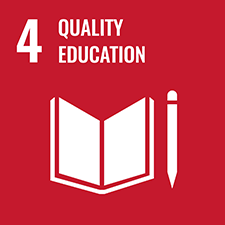
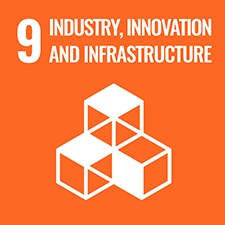
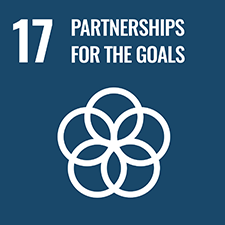
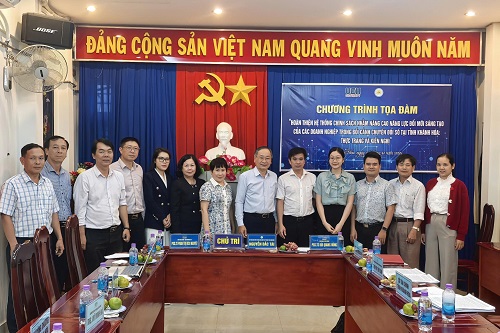
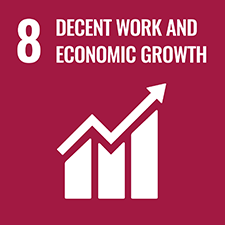

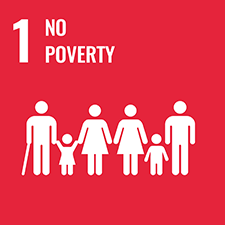

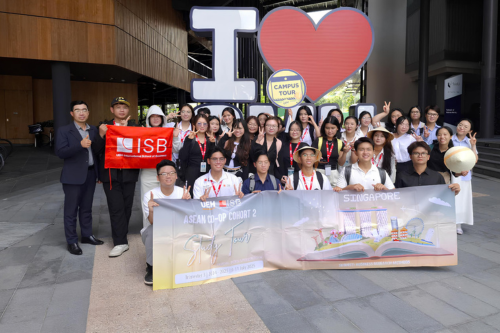
![[UEH Alumni Reunion] Celebrating the 40th Graduation Anniversary of Intake C19 of the University of Finance Accounting of Ho Chi Minh City](/images/upload/thumbnail/ueh-thumbnail-638998575400029511.jpg)
